VietNamNet Newspaper organizes the contest " Stories of Rivers " so that readers can share beautiful stories, memories about rivers, reflect on issues of economic and cultural development along rivers and express wishes, plans, and ideas to promote sustainable development on rivers and for the community. The contest runs from March 5 to June 30, 2024 in the Travel category. We would like to respectfully introduce the article Downstream of the Ba River by the author group Tran Chi Kong - Tran Thanh Hung. |
From an altitude of more than 1,500m on the top of Ngoc Ro mountain, clouds and water circulate, condense vapor, drop droplets, open small streams, then go over rocks, through rapids, merge into streams, and flow forever into a river. Ba River is like a strong man standing in the middle of the country, spreading his arms from West to East, connecting the Truong Son mountains and forests with the ocean. The river is like a dragon, wagging its tail, cheering with the great forest and raising its head to look straight out to the ocean. Whether going upstream or downstream of Ba River, we have the feeling of "going up the forest - down to the sea" - a journey of forming a nation and building a country.
Ba River in the Highlands

We set out to go down the Ba River by going upstream to Ngoc Ro Mountain in the Ngoc Linh Mountain Range, where the water flows to form the river.
Ngoc Linh Lien Son or Ngoc Linh range consists of 10 high mountain ranges connecting to form a watershed for two river systems: one flows to the West with the Se San River, contributing water to the Mekong River; one system flows to the East including the Cai River (source of the Vu Gia River), the Thu Bon River, the Tra Khuc River and the Ba River.
In the past, scholars often used the phrase “rivers” with the implication that “rivers” are always associated with streams. The Ba River is located in the heart of Ngoc Ro Mountain. The Ba River mouth flows through Tuy Hoa city, Phu Yen province.
From Tuy Hoa city, we did not expect any thrill in finding the source of this river. However, the feeling of the stream and the source was like a magnet drawing us towards the mountain.
The Bahnar and Sedan people live on the mountain side. They are the two most important ethnic groups in the Central Highlands, and Ngoc Ro and the entire Ngoc Linh range act as a protective back for their lives.
In the past, when our ancestors did not have the conditions to go to sea, the country was understood in terms of two elements: “mountain” and “river”. That concept becomes more sacred when we come here, the upper source of the Ba River. The suspension bridge built in the traditional style is also a link not only between the two banks of the river but also between the present and the past.
Looking at Muong Hoong valley at the foot of Ngoc Linh mountain, the long-standing residence of the Sedang people, we suddenly remembered the hypothesis that the ancestors of the ethnic groups here were mostly lowland people who fled to the highlands for refuge and stayed there; over time, the racial mixing between old and new immigrant groups gave rise to different ethnic groups.
So, did they go upstream on the Ba River so that today we can go downstream to find the past? Planting rice, raising ducks, raising chickens, letting buffaloes go… who brought those methods up, who brought back what experience? Surely, all exchanges have the involvement of the river.
Even though it is a hypothesis, the story of going to the highlands in the past has been interwoven in our emotions when we return to the mountainous region...
Heritage of the river
The upper Ba River has bamboo shoots and ginseng. Bamboo shoots are eaten and ginseng is used as medicine. Ginseng grows on Ngoc Linh mountain, so people call it Ngoc Linh ginseng.
The story of this precious ginseng is still in the belly of old man Anit in Long Lai village, Mang Ri commune, Tu Mo Rong district. During the war, ethnic people called Ngoc Linh ginseng growing in the forest “hidden grass” or “bitter root”.
The National Highway and the Ba River meandered around each other like a game of hide and seek. Sometimes, when both sides of the road were cleared, the river was nowhere to be seen. But when a patch of forest loomed, through the gaps, we could vaguely see the river's surface.
Nature is always an encouragement for those who love to explore.
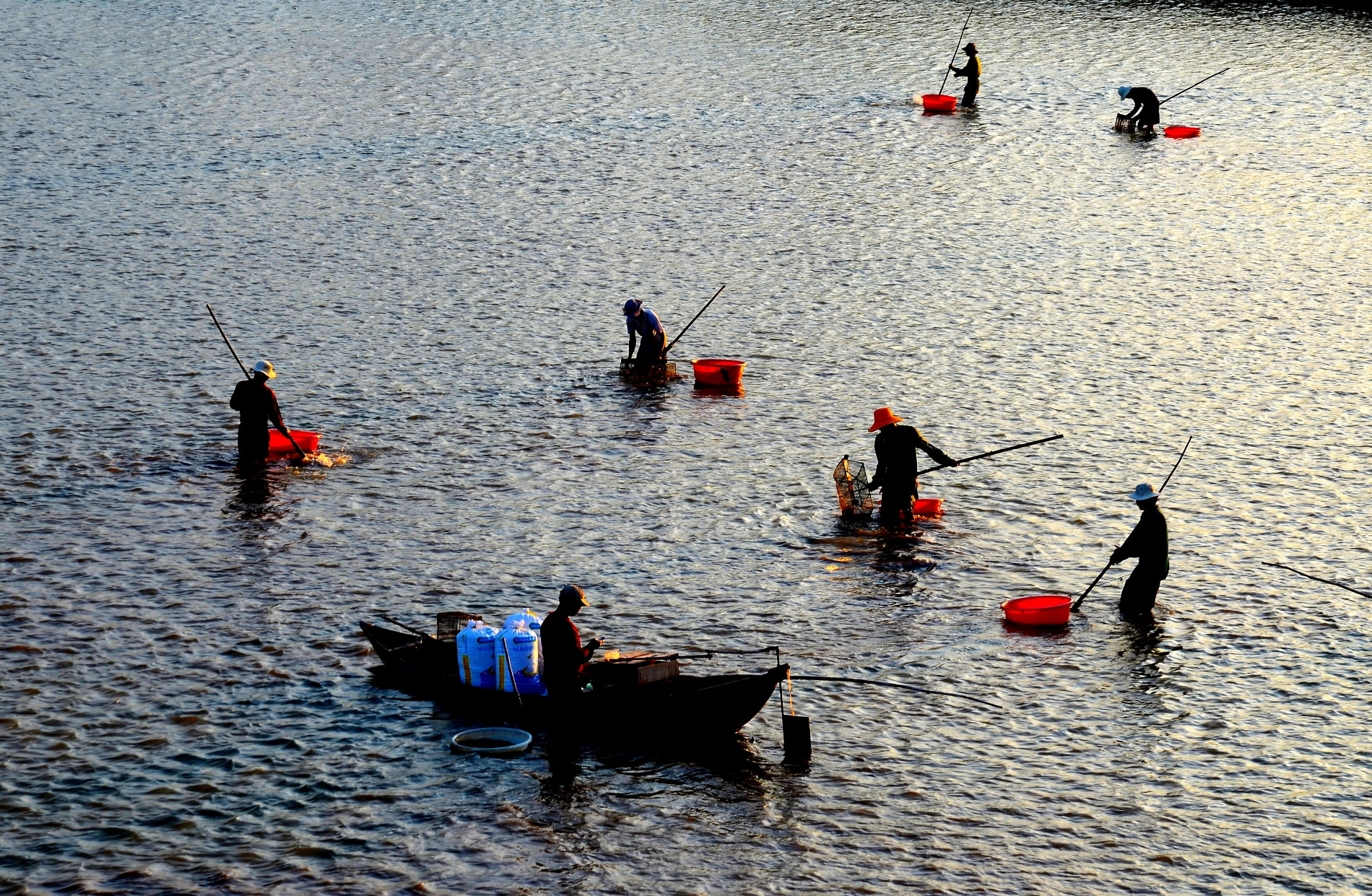
In the past, Tong village on the banks of Ba river, in Kong Chro district, Gia Lai province, was a place with arid climate and scarce water resources, one of the most in the Central Highlands. That barren place gave birth to H'Ben - a beautiful Bahnar mountain girl, good at singing and dancing. When she was a girl, she went to the resistance war, singing from the South to the North. When she was old, Giang told H'Ben to return to her hometown to listen to birds singing, streams murmuring...
By the Iam Lah stream, flowing into the Ba River in Phu Tuc town, Krong Pa district, there are two brothers, Nay Phai and Nay Tri. Their profession is gong repair and sound testing. After 10 years of learning the craft from their grandfather, the two brothers have now become unique artisans. Not every gong or cymbal after casting sounds right or good when struck. On the other hand, gongs with off-tone sounds are due to the process of use, not being played properly, being hit too hard or copper oxidation. Like a good doctor, they diagnose the disease correctly. Like a skillful craftsman, they shape the gong face. And more than anything, they are artisans with good ears.
To find the heritage of the river, there was a man who often followed the small streams. To listen to that immense heritage, he often slept in the forest.
Following the trails, following the cool mountain winds, he encountered the heritage of the river, which is the belly that preserves folk songs and epic poems. Folklore researcher Ka So Lieng is a Cham H'roi ethnic group in Kien Thiet village, Ea Cha Rang commune, Son Hoa district, Phu Yen province. He himself will be a legacy for his descendants.
Y Dieng, an Ede, grew up in Buon Thung, Duc Binh Dong commune, Song Hinh district. Buon Thung is small, with about ten houses, located on the east side of Me Bong Con mountain, on the south bank of the Hinh river, a tributary of the Ba river when it flows into Phu Yen. Writer Y Dieng is compared by generations of writers to the shade of a giant kơ nia tree, to the village elder of the literature of the Central Highlands. Writer Y Dieng knows French, Lao, and is good at many languages of ethnic minorities such as Ba Na, Cham, Gia Rai, Tay, etc. But what is more valuable is that he is the first Ede to transcend oral folk literature to move towards written literature. He is also the first person to write a long story in both Ede and Vietnamese, and he is also the first Ede to be awarded the State Prize for Literature and Arts.
Mr. Y Dieng writes prose, and Mr. Mo Lo Y Choi writes poetry. The two of them go hand in hand in the literary world of the Central Highlands like the two banks of the Hinh River. Through poetry, Mr. Mo Lo Y Choi created a “Stake-Shaping Girl” with a slender bun, nimble hands sharpening stakes, and a melodious voice singing for musician Hoang Hiep to compose music...
Where the Ba River meets the sea
Before flowing into the sea, the Ba River is called the Da Rang River. A bridge of the same name spans across it as if welcoming the endless flow of water for thousands of miles. The Da Rang Bridge is 1,512m long, the longest bridge in Central Vietnam.
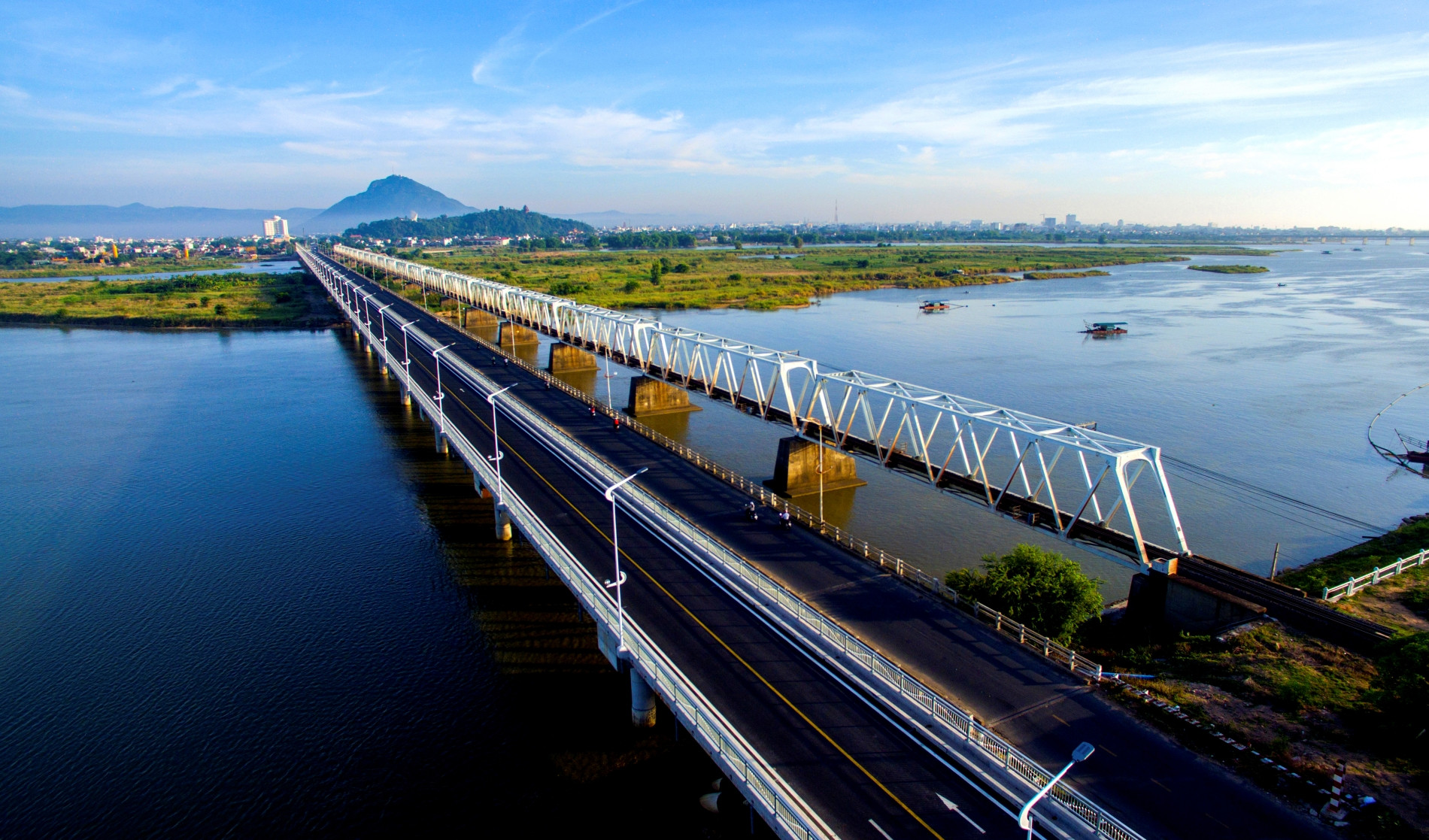
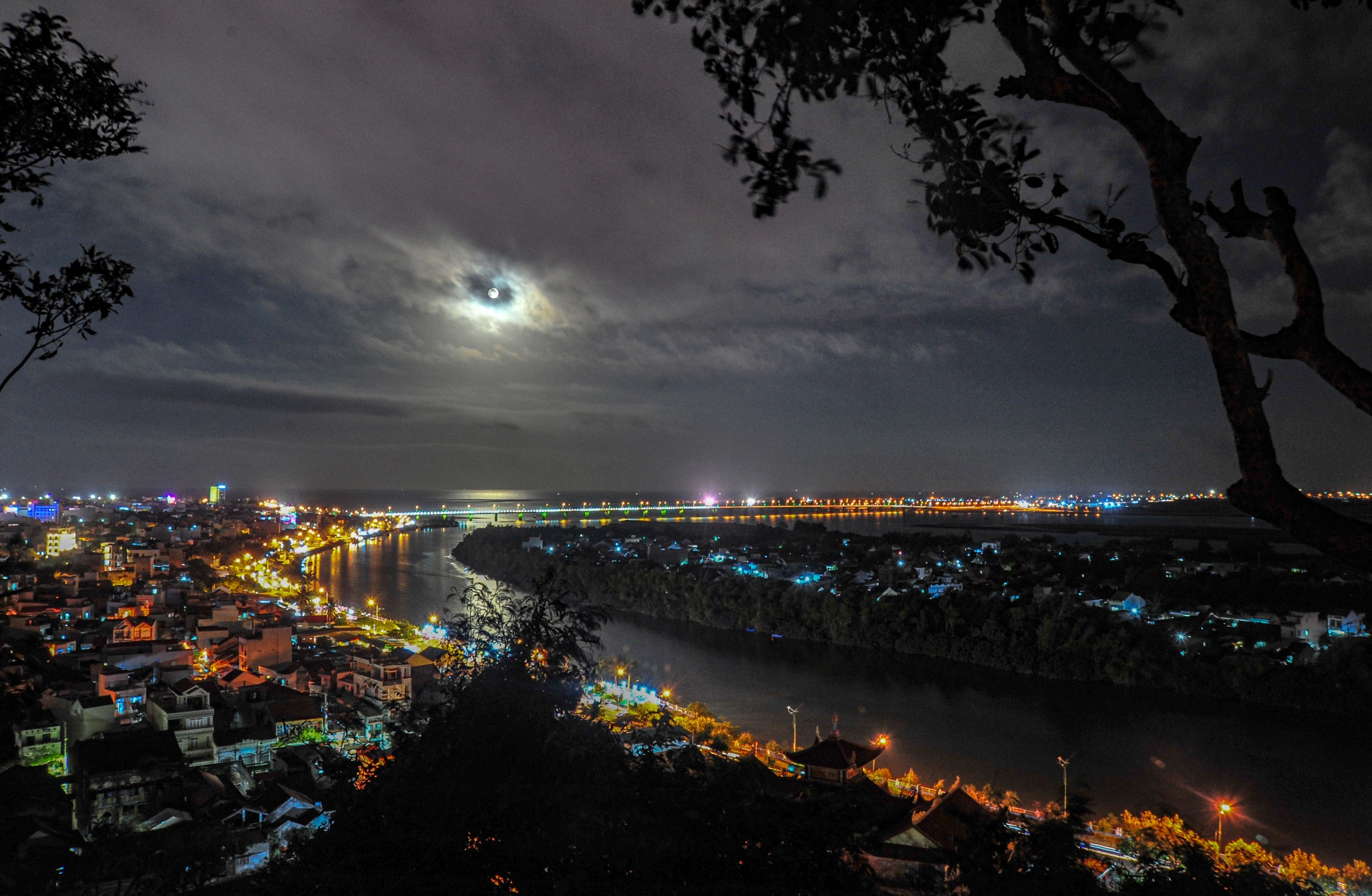
Tuy Hoa City, the capital of Phu Yen Province, is the final stop on the river. This young city warmly welcomes the river, which has become wider and calmer after a long journey winding through mountains, forests and rapids.
In 1471, King Le Thanh Tong marched here. Legend has it that the king who opened the country ordered his mandarins to carve a large rock on Thach Bi Mountain, also known as Da Bia Mountain, in the lower Ba River, as a boundary marker between Dai Viet and Champa. This is also a historical milestone in the process of the ancient Vietnamese people's southward expansion.
Adjacent to the Da Rang River mouth to the South is Vung Ro Bay, where 60 years ago, the Vietnam People's Navy landed unnumbered ships to deliver military equipment to the Liberation Army to fight against the US.
In this beautiful bay, the French built a lighthouse named Dai Lanh, marking the farthest part of the mainland protruding to the East of the Vietnamese coast.
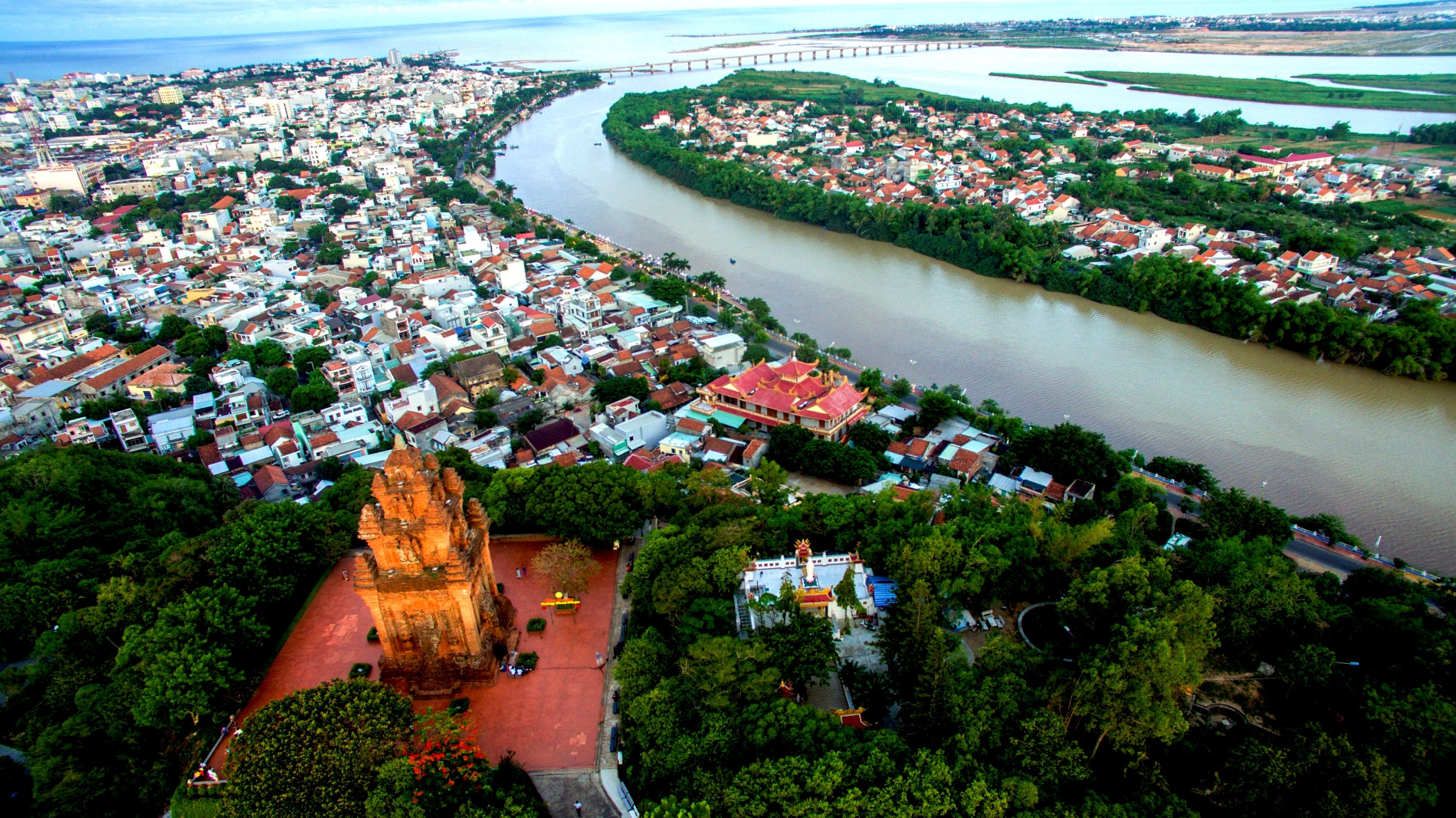
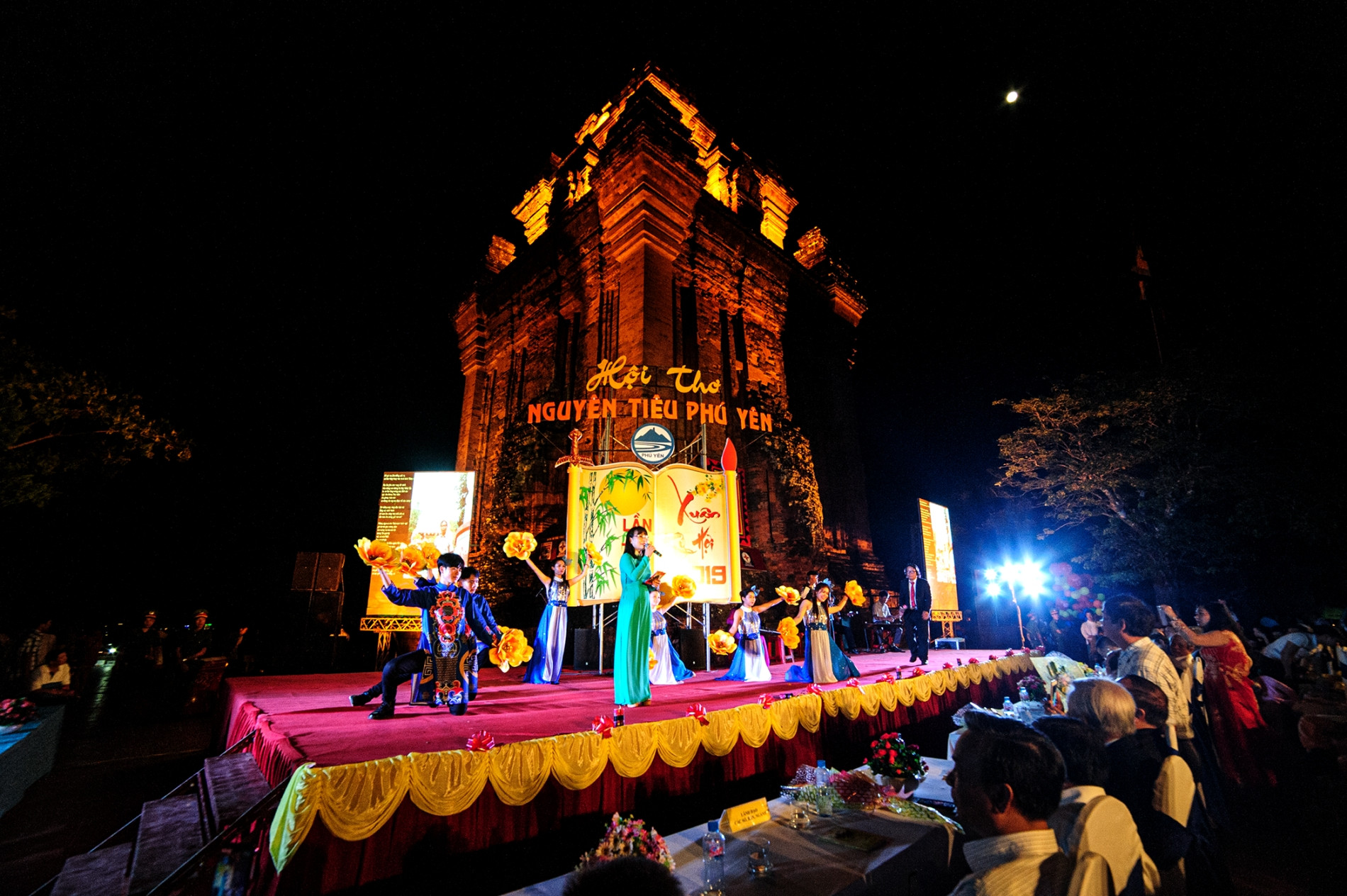
Da Rang River, also known as Da Dien River, where in 1578, Commander Luong Van Chanh, following the order of Lord Nguyen Hoang, brought about 4,000 migrants from Thanh Hoa, Nghe An and Thuan Quang to reclaim land and establish villages in the Tuy Hoa plain.
In 1689, Mr. Luong Van Chanh was posthumously awarded the title of Bao Quoc Chi Than, meaning the god who protects the country. In 1693, he was once again awarded the title of Bao Quoc Ho Dan Chi Than, meaning the god who protects the country and its people.
Before reaching the sea, the Ba River drains all its silt, creating a wide riverbank. As if to beautify the river, Tuy Hoa city residents use that land to grow vegetables and flowers. After the flood season comes the flower season, the season before Tet.
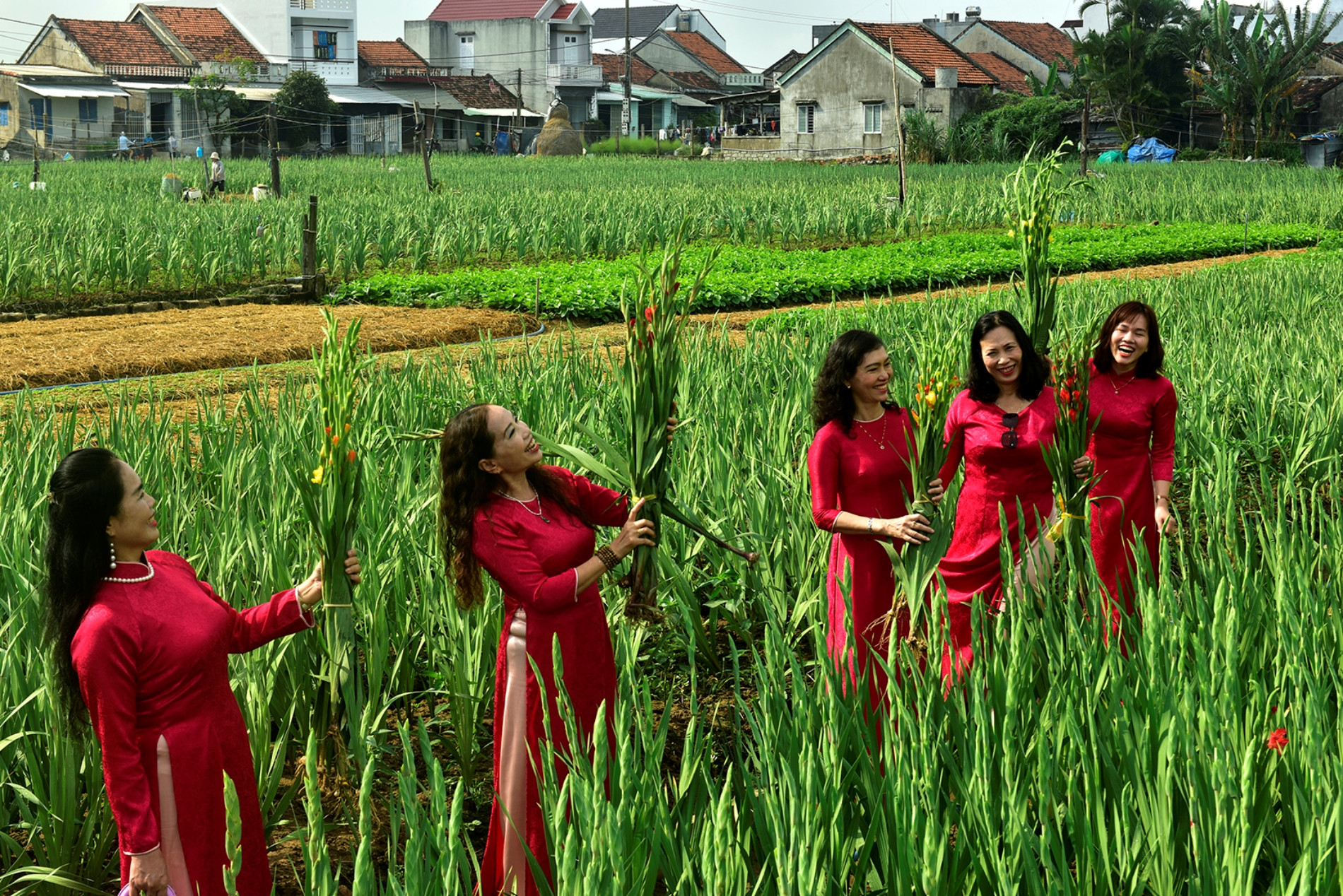
Where the Ba River meets the sea, there is a fishing village, or more accurately, a headquarters of Phu Yen fishermen. Here, since 1994, Vietnam's ocean tuna fishing industry has emerged, making the fishing industry more powerful and reaching out to the ocean.
Joining the bustling fishing festival in the fishing village, Ba River, the dragon of the Central region, happily ended its 374 km journey. With the resources of the river, people are more confident when going out to sea.
Comparing the river to a young woman, in Ayun Pa at the upstream, the young woman wears a brocade dress, shimmeringly scooping up river water, while in Ba River at the downstream, she wears a flowing ao dai, watching the river. Flowing to the sea to continue telling a long story or longing for the upstream to find more memories - both have the same river.
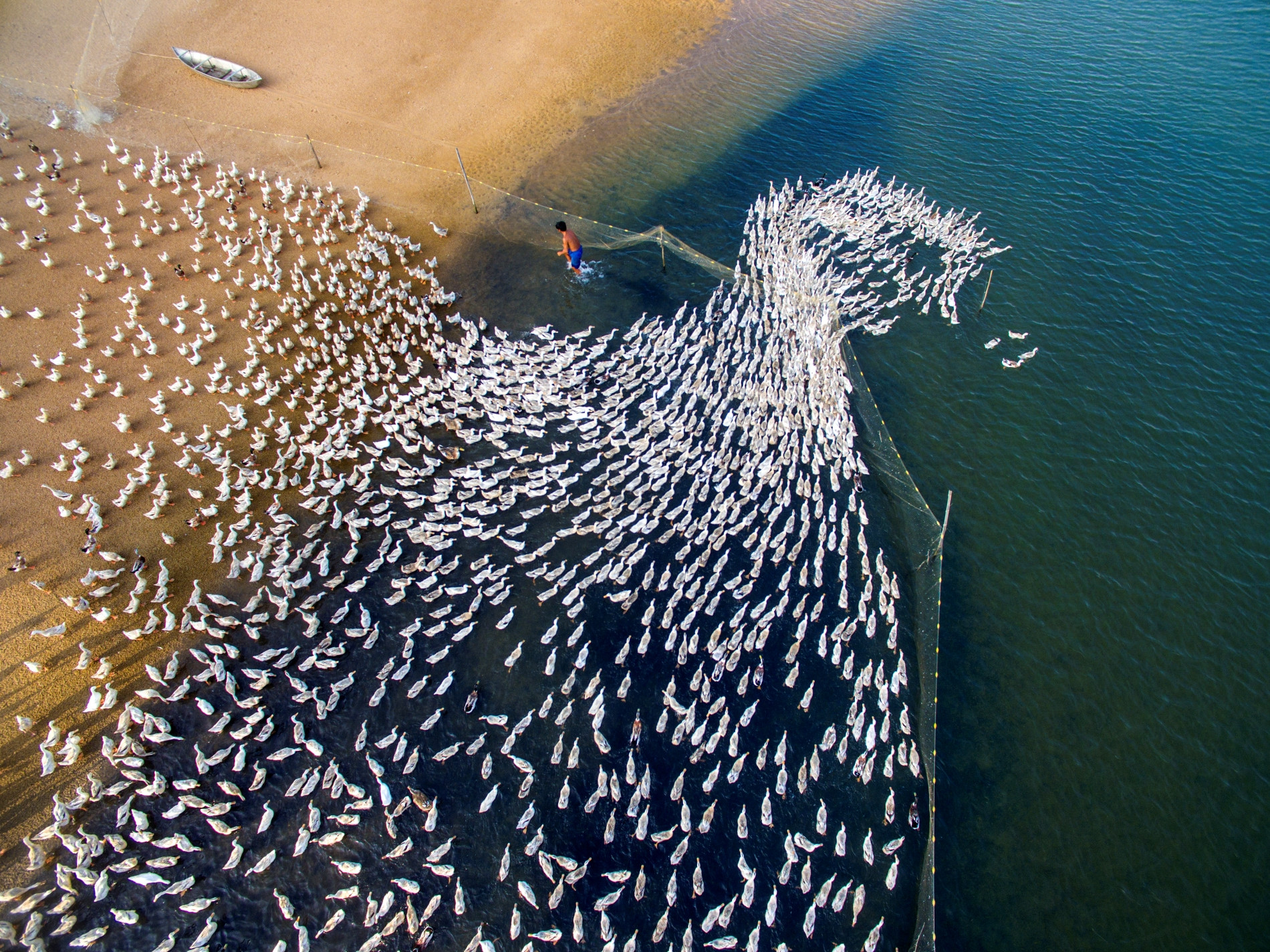
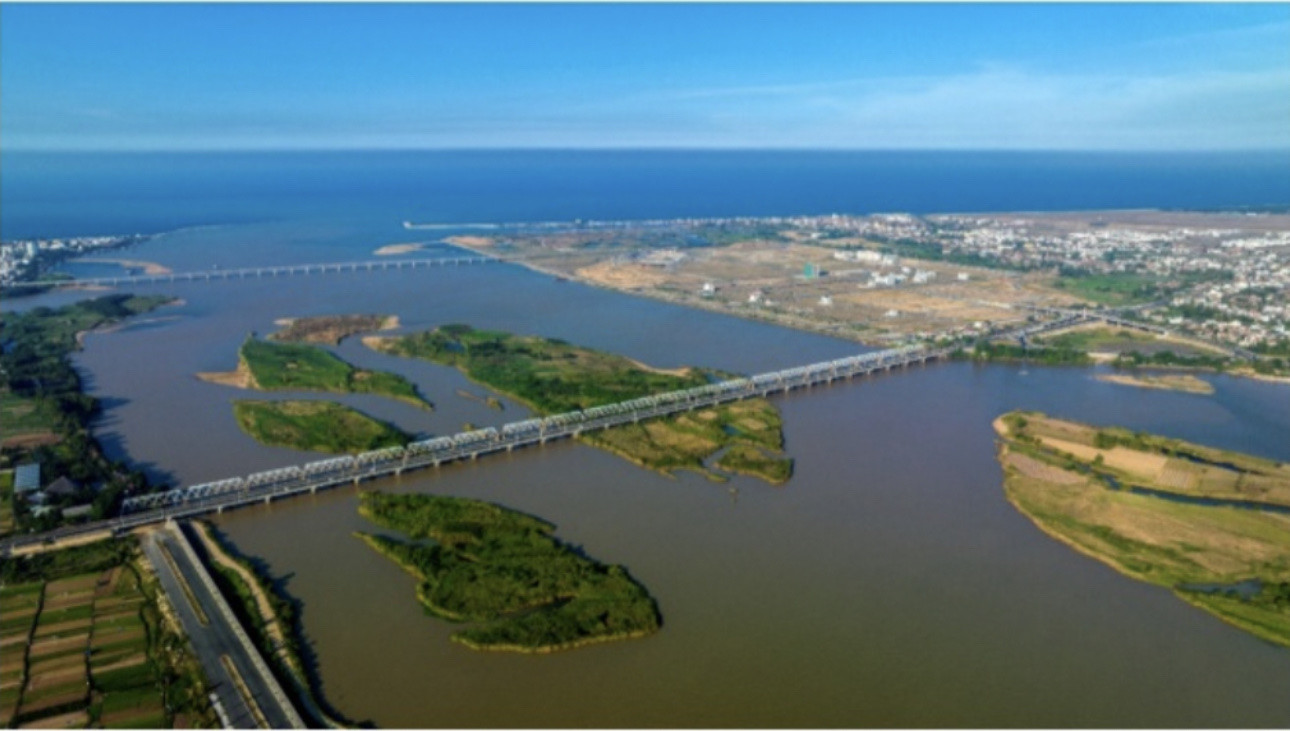
Tran Chi Kong - Tran Thanh Hung
The total prize value is up to 200 million VND. The contest " Stories of the Rivers " organized by VietNamNet newspaper , starts from March 5 to June 30, 2024 in the Travel section. The Organizing Committee encourages the authors to present their works in multimedia form, including video clips from 1 to 3 minutes long, with commentary in Vietnamese, and photos with less than 12 photos and captions; encourage entries that have a journalistic breath of life, have character stories, reflect the problems of people living on the rivers, and have an impact and influence on the development of the rivers. Prize structure: 01 First prize worth 50 million VND; 01 Second prize worth 30 million VND; 02 Third prizes worth 10 million VND each. In addition, there are additional prizes awarded by the sponsor. The Organizing Committee will cover the cost of food, accommodation and travel for the First and Second Prize winners living in Vietnam to come to Ho Chi Minh City to receive the award. In case the group of authors wins the award, the Organizing Committee will cover the cost for 01 representative of the group to come to Ho Chi Minh City to receive the award. For more information about the contest rules, please visit the following address: https://vietnamnet.vn/bao-vietnamnet-to-chuc-cuoc-thi-chuyen-cua-nhung-dong-song-2255386.html |

Source: https://vietnamnet.vn/chuyen-cua-nhung-dong-song-xuoi-dong-song-ba-2296530.html





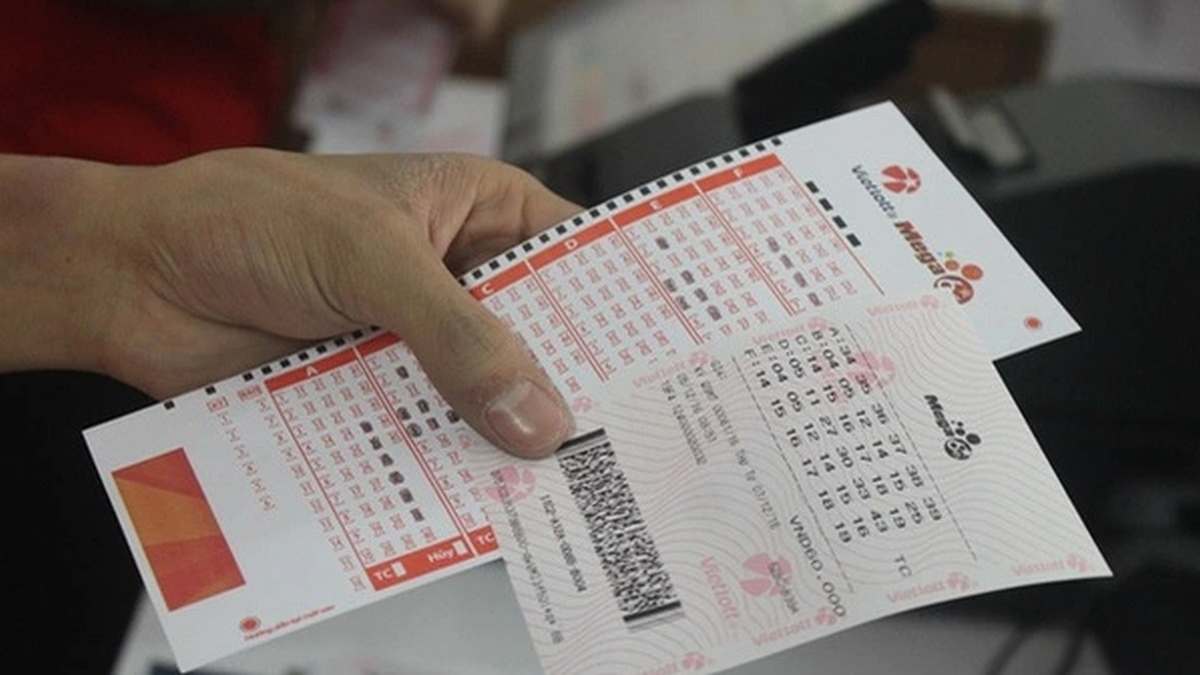

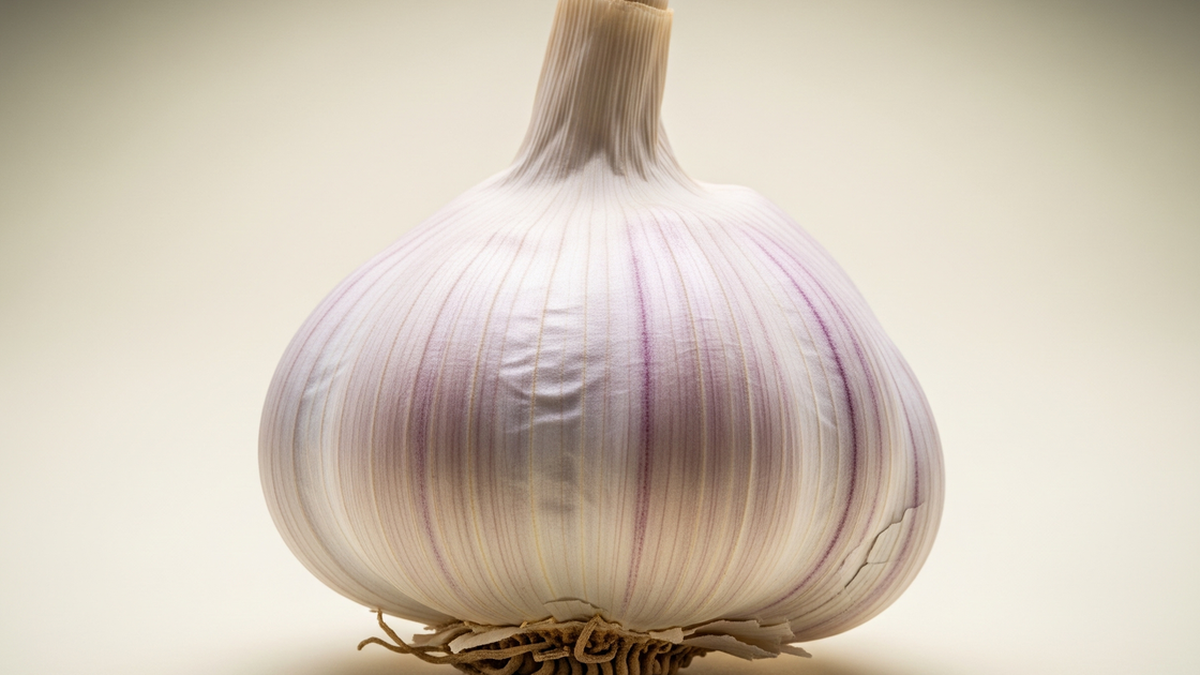

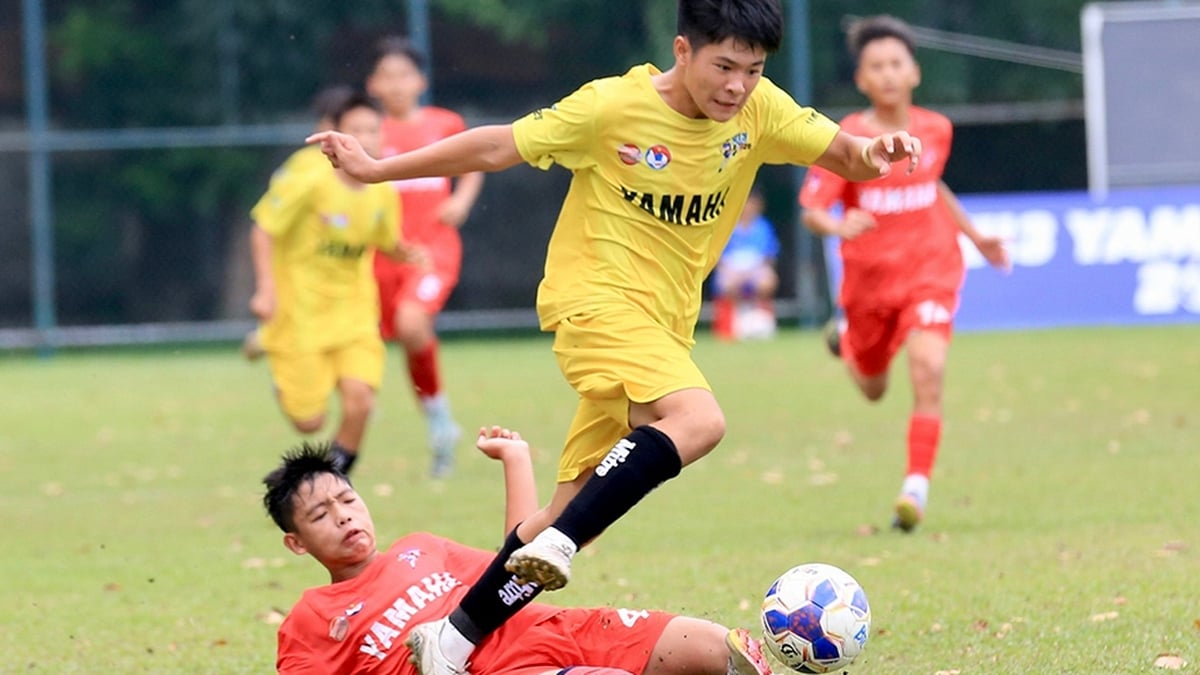
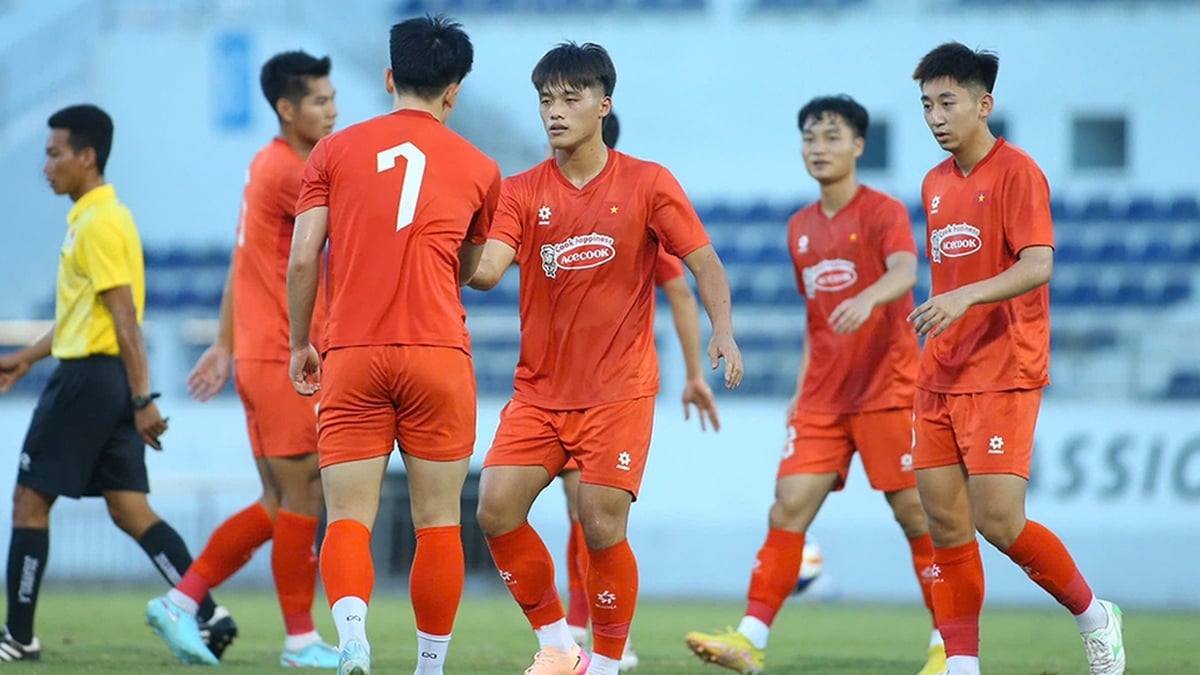

























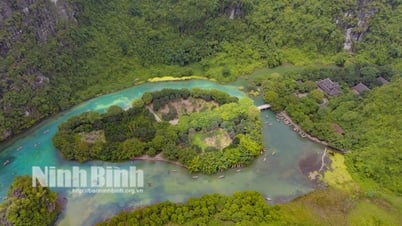

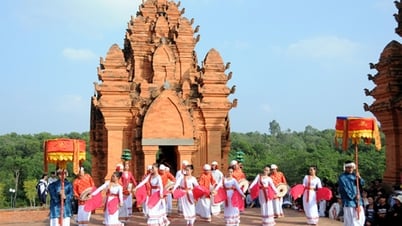

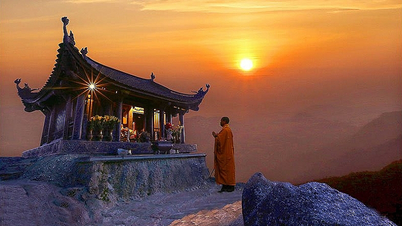

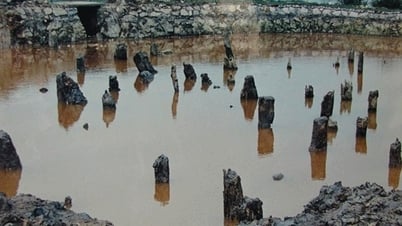

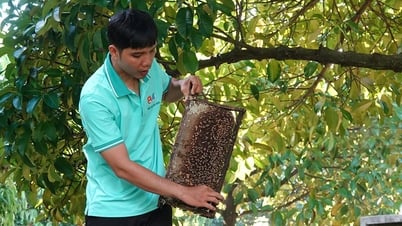




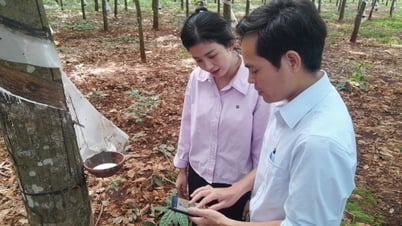

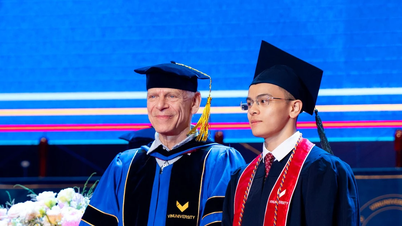










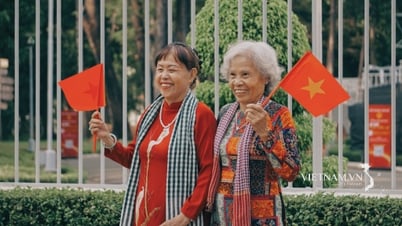

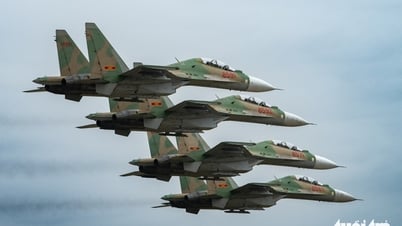


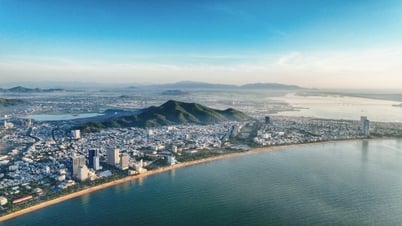
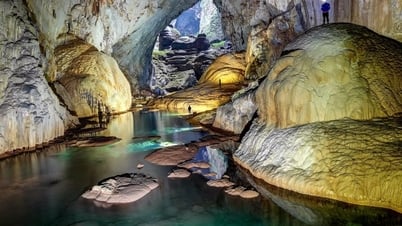






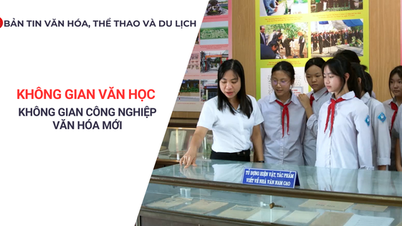
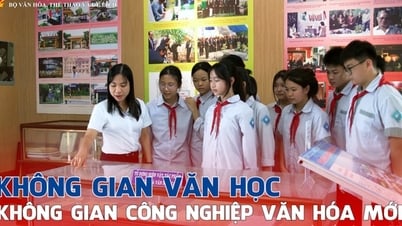
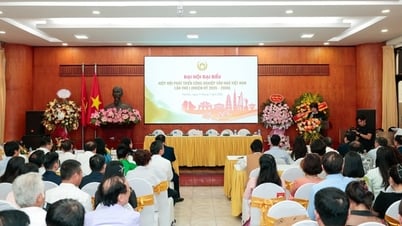






















Comment (0)